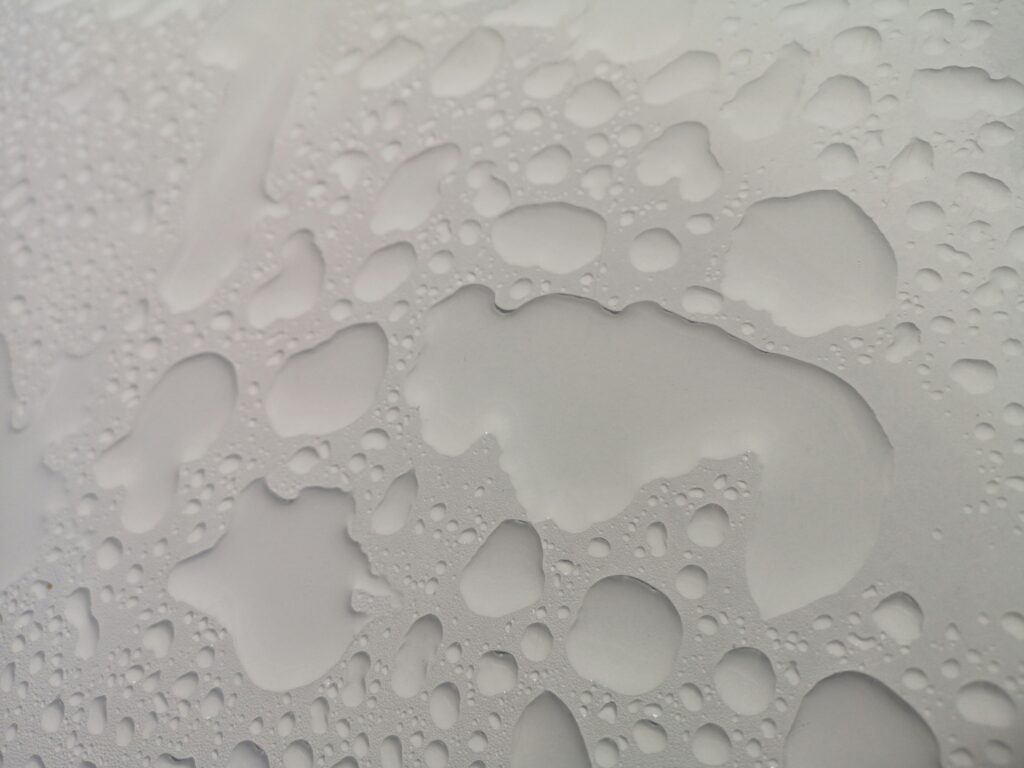Plasterboard, or drywall or gypsum board, is a common building material used in interior construction, and it is much easier to install than traditional wet plaster. Whether you are a seasoned DIY enthusiast or a beginner tackling your first project, putting up drywall can be daunting. However, with the right knowledge and preparation, you can make the process smoother and achieve professional-looking results. Here are ten essential tips to help make plasterboard installation easier:

Measure Twice, Cut Once
One of the first things it says when you read a guide to drylining, is before cutting your plasterboard, carefully measure the dimensions of the area you are covering with the drywall. Use a tape measure and mark your measurements accurately on the plasterboard before cutting. Remember the old carpenter’s adage: measure twice, cut once. This simple rule can save time, money, and frustration by preventing waste and mistakes.
Invest In Quality Tools
Having the right tools can make all the difference in plasterboard installation, so you will want to buy everything you need before you start and ensure you purchase quality tools. Invest in a sharp utility knife, a T-square or straightedge, a drywall saw for cutting around obstacles, a cordless drill or screw gun for fastening the plasterboard, and a drywall T-square for scoring and snapping the plasterboard cleanly. If your budget does not allow you to invest in high-quality tools, you can always borrow them or hire them from a reputable tool shop.
Choose The Right Type Of Plasterboard
There are different types of plasterboard available, each designed for specific applications. For example, moisture-resistant plasterboard is ideal for bathrooms and kitchens, while fire-resistant plasterboard suits areas where fire safety is a concern. Consider the environment where the plasterboard will be installed and choose the appropriate type accordingly.
Plan For Accessibility
Before installing the plasterboard, consider any access panels or outlets that you may need to incorporate into the design. Mark their locations on the plasterboard before cutting to ensure they are easily accessible once the plasterboard is in place. Planning ahead can save you the hassle of having to make adjustments later on.
Mind The Gaps
When installing plasterboard, leave a small gap of around 3-5mm between the edges of the plasterboard sheets and any adjacent surfaces such as walls, floors, and ceilings. This gap allows for expansion and contraction due to changes in temperature and humidity, preventing the plasterboard from buckling or cracking over time.
Use The Right Fixings
Properly securing the plasterboard is crucial for a durable and long-lasting finish. Use the correct type and length of fixings for the job, such as drywall screws or nails. Ensure that the fixings penetrate the framing behind the plasterboard by at least 15mm to provide adequate support and prevent sagging or bulging.
Work From The Top Down
Start installing the plasterboard from the ceiling and work your way down to the walls. Doing this ensures that any excess dust and debris generated during installation falls onto the floor rather than the already-installed plasterboard below. It also allows you to maintain a consistent level and avoid uneven gaps or overlaps between sheets.
Mind The Joints
When joining plasterboard sheets together, use jointing tape and jointing compound to create seamless transitions between sheets. You can click here to watch a short video on how to apply the jointing tape and compound which will make the task easier. Apply a thin layer of jointing compound along the edges of the plasterboard, then place the jointing tape over the compound and smooth it out with a drywall knife. Apply additional compound layers as needed, sanding between coats for a flawless finish.
Take Your Time With Finishing
The finishing touches can make all the difference in achieving a professional-looking result. Take your time to sand down rough edges, fill in gaps or imperfections with the jointing compound, and smooth out the surface with a drywall knife. Pay attention to detail and aim for a smooth and even finish before applying paint or wallpaper. You may also need to add a primer before decorating, which will ensure the paint or wallpaper adheres to the surface correctly.
Safety First
Last but certainly not least, safety should always be prioritised when working with plasterboard. Wear appropriate protective gear such as safety glasses, gloves, and a dust mask to protect yourself from dust, debris, and sharp edges. Take care when handling heavy plasterboard sheets to avoid strain or injury, and work with a partner if needed for larger installations.
Putting up plasterboard in your DIY project does not have to be a daunting task. With the right tools, techniques, and a little patience, you can achieve professional-looking results and transform your space with ease. Remember to follow the guidelines above, which will help you do a fantastic job adding plasterboard to your walls or ceiling. By following these essential tips, you will be well on your way to mastering the art of plasterboard installation and tackling your next DIY project with confidence.

